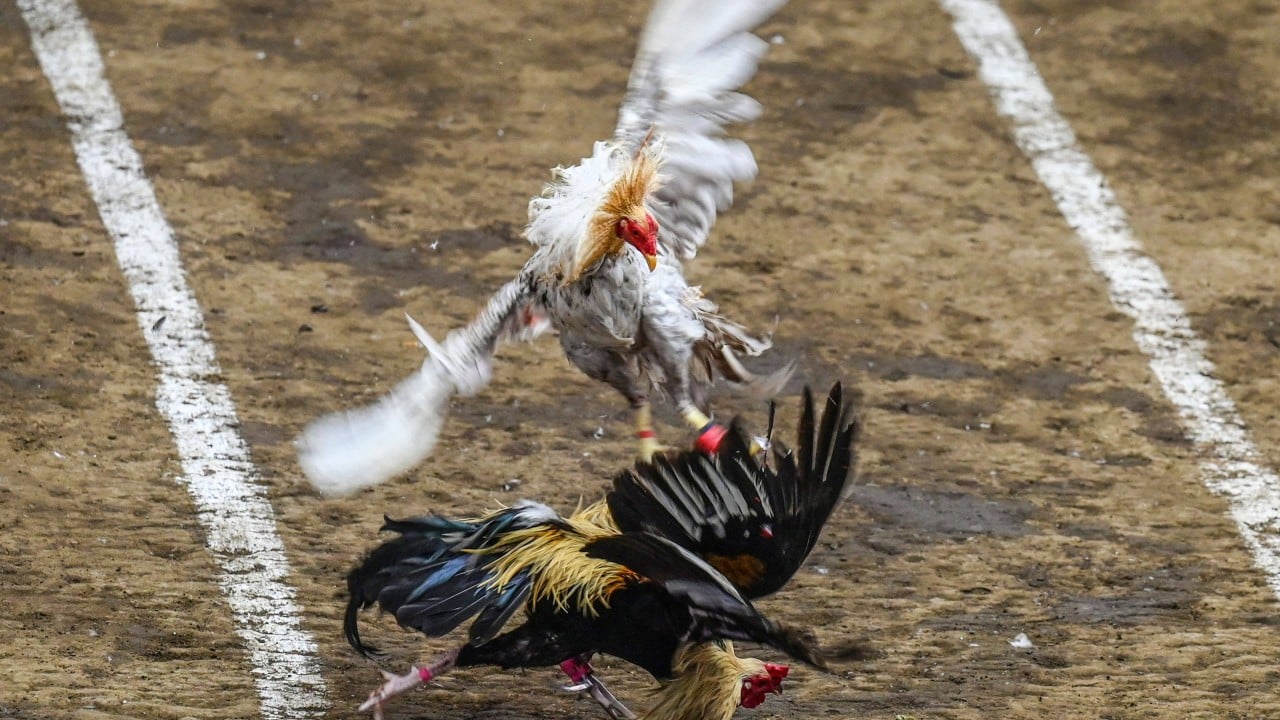At a cockfighting ring in Metro Manila, a crowd huddles around where two roosters are being readied for a brawl. However, as the birds’ handlers release them to begin the fight, the spectators are uncharacteristically quiet.
Advertisement
Before Covid-19, the start of such a fight at the Dampalit Cockpit Arena would have been met with yells from the crowd and the kristos, or betcallers. Kristos would typically shout out the winning odds in the ring and keep a tally of bettors who owe money. As traditional cockfighting pits can get rowdy, kristos also use hand signals to communicate.
However, cockpits in recent years have increasingly been using machines to tally bets, which has reduced the need for kristos.
“So much has changed since the pandemic,” said Ricky Marcelo, a cockpit referee of over 25 years. “Back then, cockfights were ‘normal’. There weren’t any computers being used. Naturally, people were shouting out their bets.”

Cockfighting, known locally as sabong, is often seen as barbaric and is banned in many countries around the world. Despite protests and lobbying by animal activists, millions of dollars still change hands daily in cockpits across the Philippines.
Advertisement

